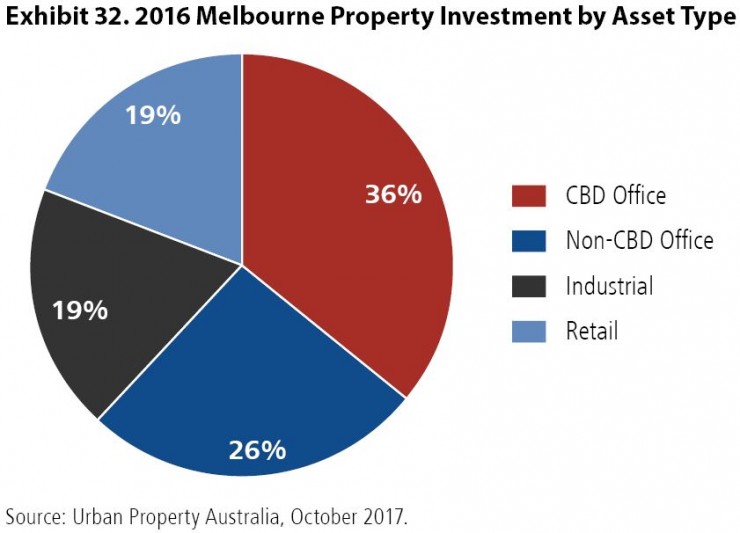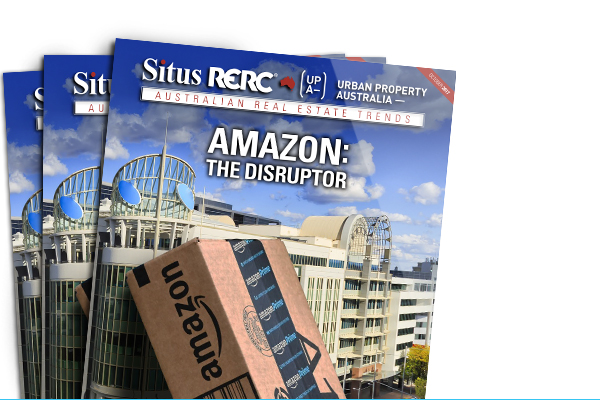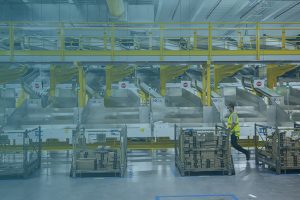Melbourne – Property & Economic Update
November 1st 2017 | , Urban Property Australia
Melbourne is the second-most populous city in Australia, with a population of about 4.7 million. According to the Economist Intelligence Unit, for seven consecutive years to 2017, Melbourne has been ranked as the world’s most liveable city.
Melbourne has a highly diversified economy with particular strengths in finance, manufacturing, research, IT, education, logistics, transportation and tourism. The city is home to Australia’s largest and busiest seaport, which handles more than $75 billion in trade every year and 39 percent of the nation’s container trade. Melbourne is Australia’s leading centre for superannuation (pension) funds, with 40 percent of the total, including the $109 billion Federal Government Future Fund.
Economy
The national transition from mining investment to broader-based sources of growth continues to benefit Victoria with economic conditions in the state strong. Household consumption, business investment, dwelling investment and the government’s infrastructure investment are expected to contribute to state economic growth over the next three years.
Over the 12 months to 2017, employment in Victoria grew by 90,000 – the most among the states. Looking forward, employment is forecast to grow at an above-trend pace.
Over the year to June 2016 (latest data available), Victoria’s population grew by 2.1 percent – again, the highest growth rate of all the states.
Net overseas migration has been the largest contributor to population growth, accounting for more than 50 percent of the state’s population increase over the year to June 2016.
Office Market
Melbourne’s CBD office market has stabilised over the past six months with the vacancy rate decreasing from 7.1 percent to 6.5 percent over the 12 months to July 2017. Melbourne continues to host the second lowest vacancy rate amongst all of Australia’s CBDs.
Reflecting Victoria’s strong employment growth, the CBD recorded the highest volume of tenant absorption nationally in the 12 months to July 2017. On the back of vacancy falling to its lowest level in four years, prime CBD effective rents grew at their strongest rate in six years.
Boosted by a number of significant transactions, investment activity in 2017 within the Melbourne CBD office market has already surpassed $2.2 billion. Recent transactions continue to set new benchmark low yields for the Melbourne CBD office market with purchasers confident of further rental growth. The September 2017 Situs RERC/UPA survey results reveal that the average unlevered yield for prime Melbourne CBD assets is 5.25 percent with an average IRR of 8.0 percent.
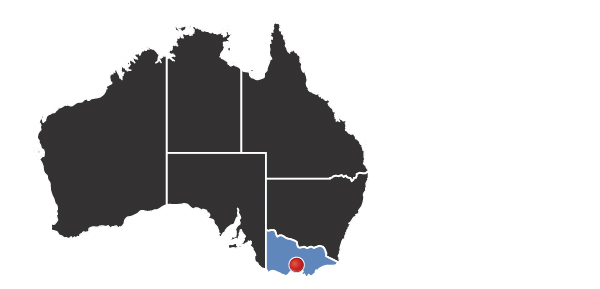
While the trend of tenants to centralise into the CBD remains prevalent, the continuation of withdrawals of stock largely for residential conversion continues to lead to vacancy falls across Melbourne’s non-CD office markets in 2017.
With new supply remaining muted, stock levels across Melbourne’s non-CBD are forecast to contract over the short term, which is expected to place further pressure on vacancy levels in the next three years.
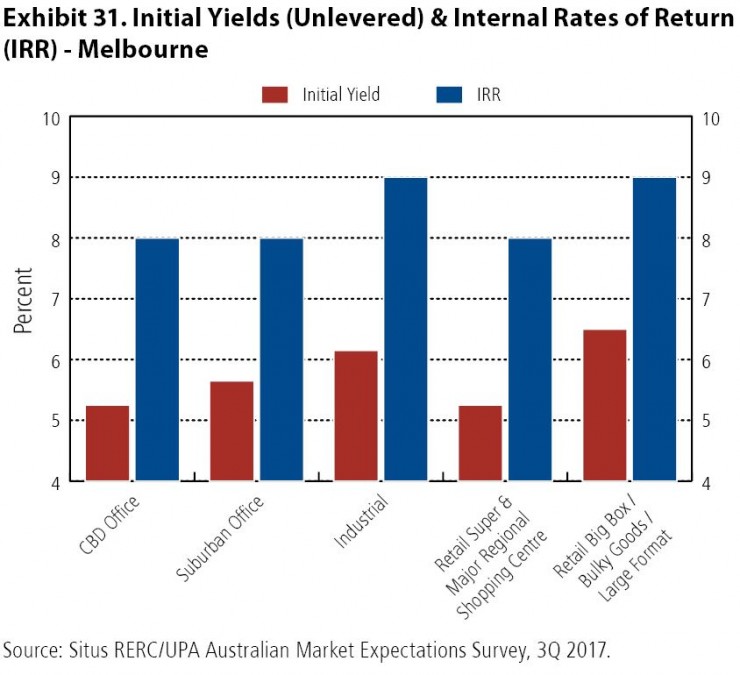
With limited large prime options available for lease, tenant demand robust and decreasing stock levels, rents have grown above average in the 12 months to July 2017, particularly in fringe CBD office markets.
Investment volume in the Melbourne’s non-CBD office markets remains above average with institutions keen to capitalise on the strong rental outlook.
Investment activity across Melbourne’s non-CBD office markets totalled $2.2 billion in the year to July 2017, surpassing the $2.1 billion transacted in 2015/16. Survey responses from the September 2017 Situs RERC/UPA survey reveal that the average unlevered yield for prime Melbourne non-CBD office assets is 5.65 percent with an average IRR of 8.0 percent.
Industrial Market
Occupier demand for industrial space in Melbourne remains robust, with low interest rates supporting the retail and housing sectors. The pre-commitment market remains buoyant, led by demand from retailers and third-party logistic occupiers. Melbourne’s industrial vacancy rate has declined through 2017, falling to its lowest level in six years. The increased pipeline of infrastructure projects for Melbourne is expected to offset the closure of several car manufacturers, which will leave the state in the next 18 months.
Solid tenant demand has underpinned rental growth across Melbourne industrial precincts with institutions increasing speculative developments to capitalise on the robust occupier demand.
With an ever-increasing pool of investors keen to increase their exposure to Australia’s largest industrial market, sales activity remains above average levels. In the 12 months to July 2017, $1.5 billion was transacted across the Melbourne industrial market – the second highest financial year volume on record. According to the September 2017 Situs RERC/UPA survey results, the average unlevered yield for prime Melbourne industrial assets is 6.15 percent with an average IRR of 9.0 percent.
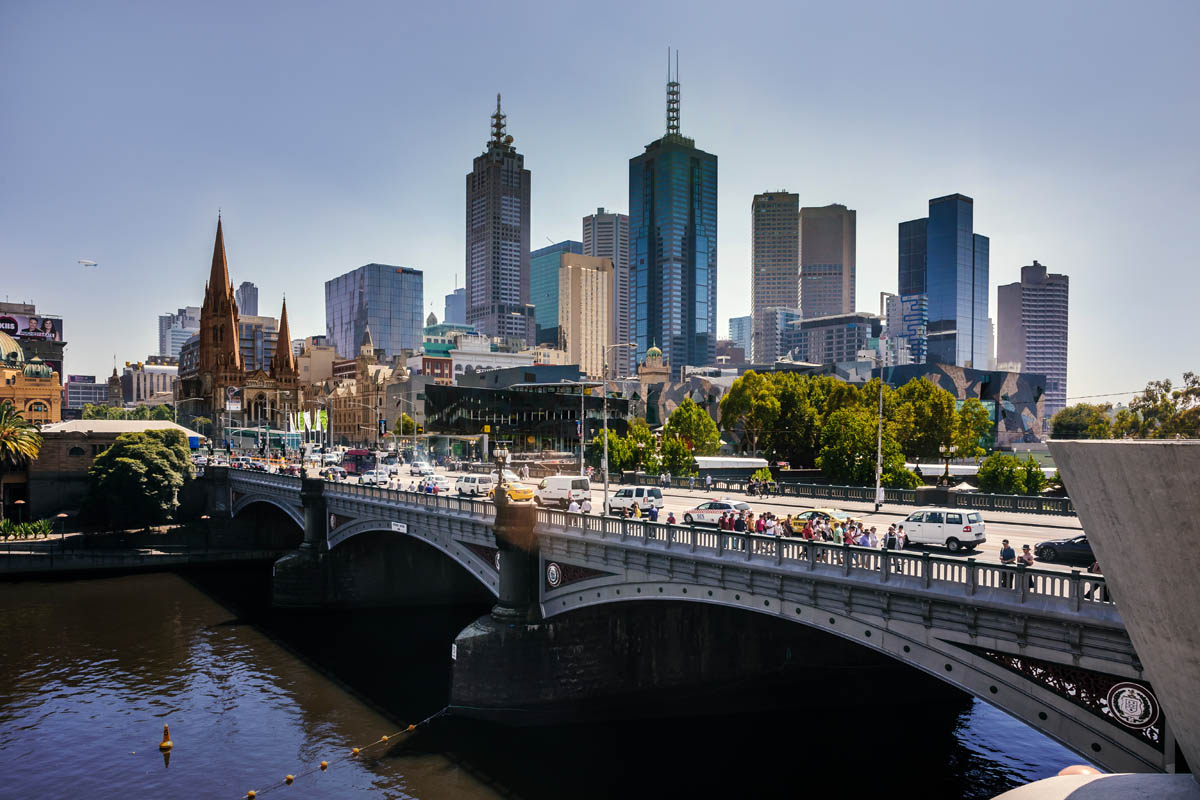
Retail Market
Underpinned by its nation-leading population growth, Victoria’s retail sales grew by 5.2 percent in the year to July 2017, the highest rate across Australia. According to the Australian Bureau of Statistics, retail trade growth was led by sales of clothing and footwear, which grew by 5.0 percent over the year and household retail trade (6.9 percent).
Whilst consumers appear to be cautious, with consumer confidence levels falling to 18-month lows, investor appetite for retail assets remain undiminished. Over the year to July 2017, retail transactions in Victoria totalled $1.6 billion with investors focused on centres more aligned on non-discretionary retail spending with neighbourhood centres accounting for the highest proportion of sales.
Offshore investors were also active in Melbourne, accounting for 32 percent of Melbourne-based retail sales in the year to July 2017, highlighted with two sales above $200 million.
The September 2017 Situs RERC/UPA survey results reveal that the average unlevered yield for Melbourne super and major regional shopping centre assets is 5.25 percent with an average IRR of 8.00 percent.
Survey responses from the September 2017 Situs RERC/UPA survey reveal that the average unlevered yield for prime Melbourne large format retail assets is 6.5 percent with an average IRR of 9.0 percent. While retail trade appears solid, disruption within the retail sector is gaining momentum as global retailers such as Amazon and Kaufland are soon to establish operations, which will require domestic retailers to continue to innovate to remain relevant.
